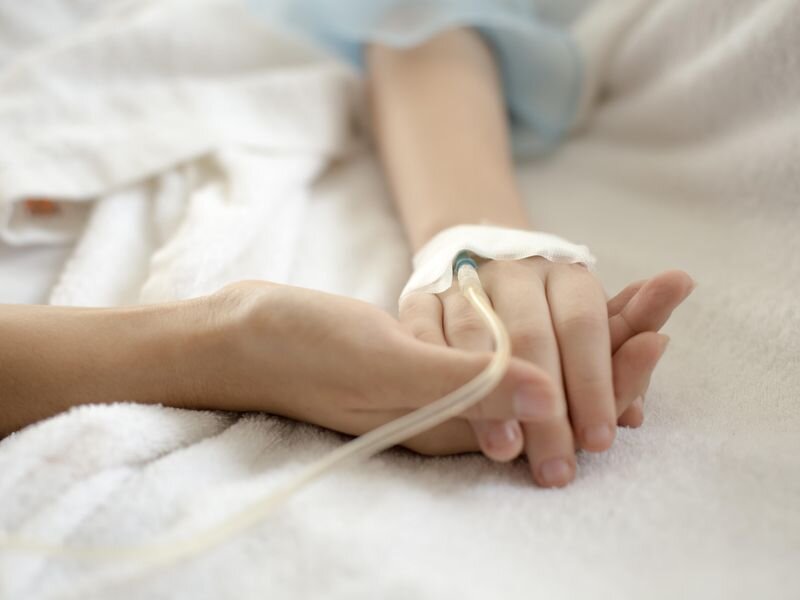
There was a significant increase in adolescents and young adults seeking inpatient and outpatient care for eating disorders after the onset of the COVID-19 pandemic, according to a study published online Nov. 7 in JAMA Pediatrics.
Sydney M. Hartman-Munick, M.D., from UMass Memorial Children’s Medical Center in Worcester, and colleagues compared the number of adolescent/young adult patients seeking inpatient and outpatient care for eating disorders before and after onset of the COVID-19 pandemic. The analysis included data from 14 geographically diverse hospital-based adolescent medicine programs and one non-hospital-based eating disorder program (2018 through 2021).
The researchers found that before the COVID-19 pandemic, the relative number of pooled inpatient eating disorder admissions were increasing over time by 0.7 percent per month, which further increased significantly after onset of the pandemic (7.2 percent per month through April 2021) but then decreased 3.6 percent per month through December 2021. Pooled data before the pandemic showed relative outpatient eating disorder assessment volume was stable over time, with an immediate 39.7 percent decline in April 2020 followed by an increase in new assessments (8.1 percent per month through April 2021) and then a decrease through December 2021 (1.5 percent per month). The non-hospital-based eating disorder program did not experience a significant increase in the absolute number of admissions after the onset of the pandemic but did have a significant increase in the first year after onset of the pandemic (8.2 additional inquiries for care per month).
“Given inadequate eating disorder care availability prior to the pandemic, the increased postpandemic demand will likely outstrip available resources,” the authors write.
More information:
Sydney M. Hartman-Munick et al, Association of the COVID-19 Pandemic With Adolescent and Young Adult Eating Disorder Care Volume, JAMA Pediatrics (2022). DOI: 10.1001/jamapediatrics.2022.4346
Journal information:
JAMA Pediatrics
Source: Read Full Article
